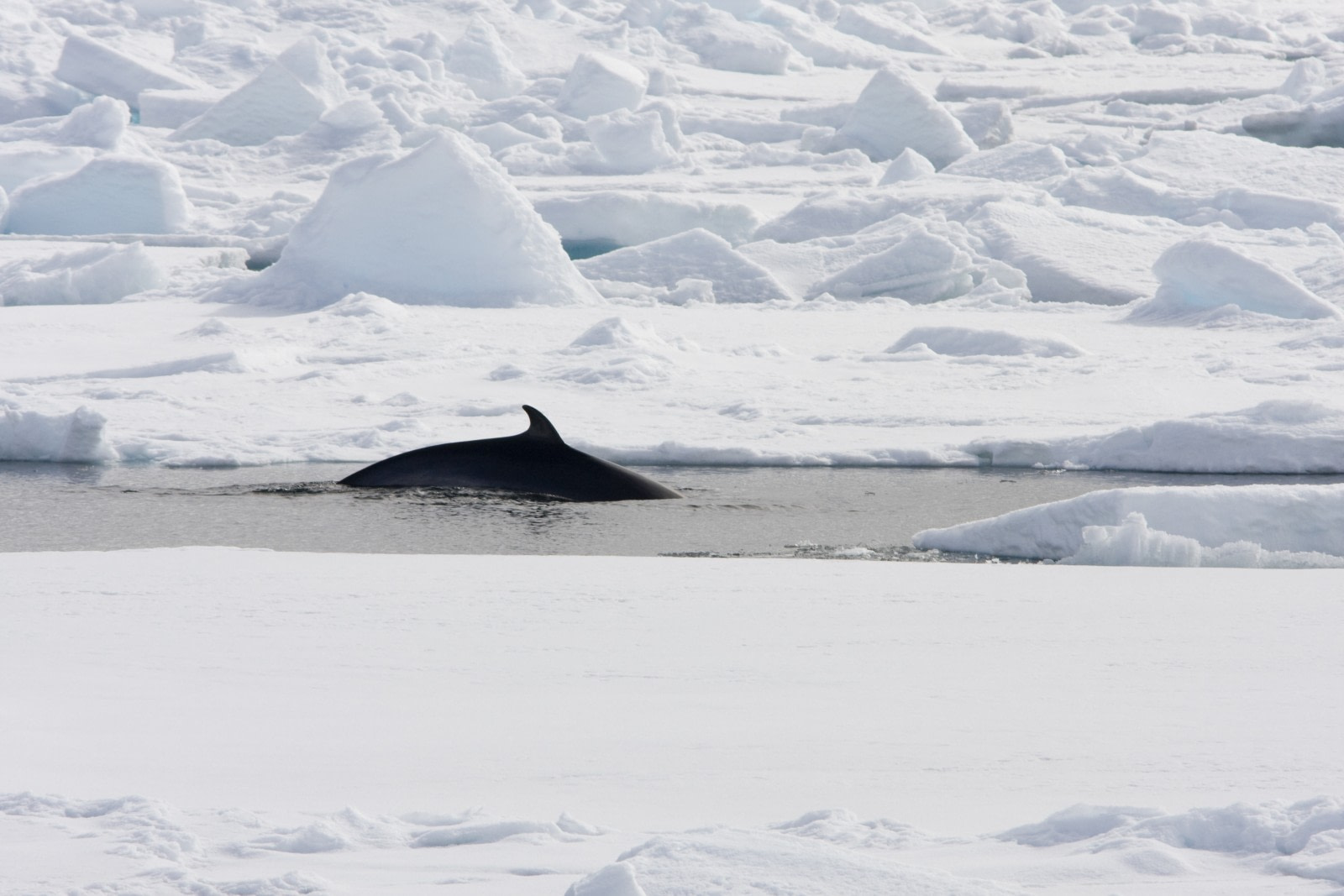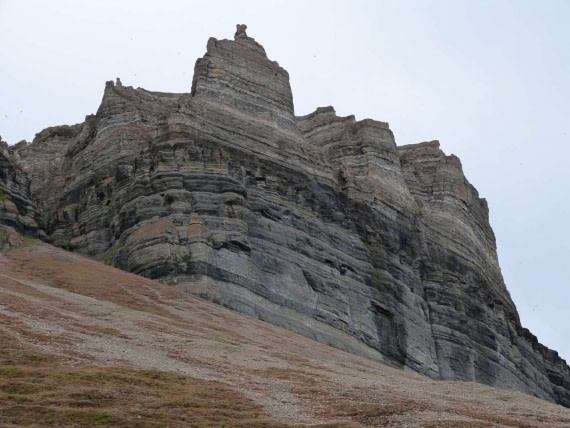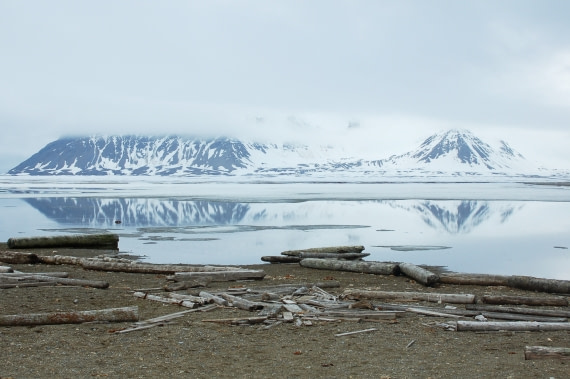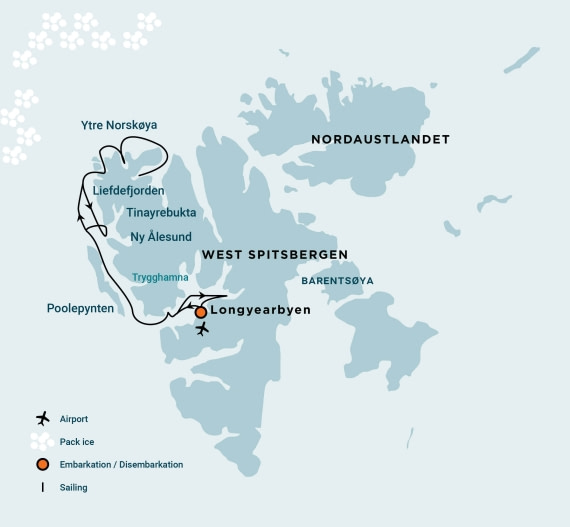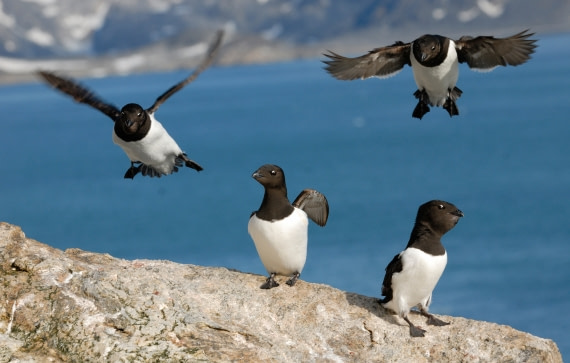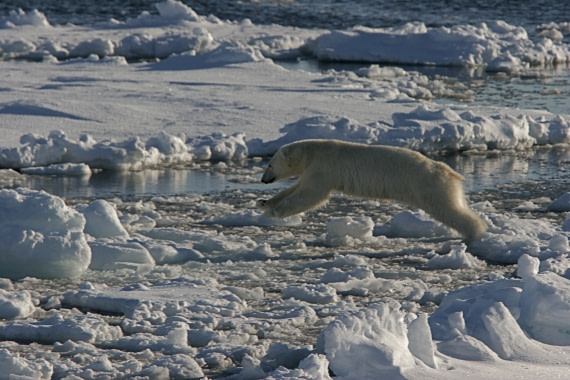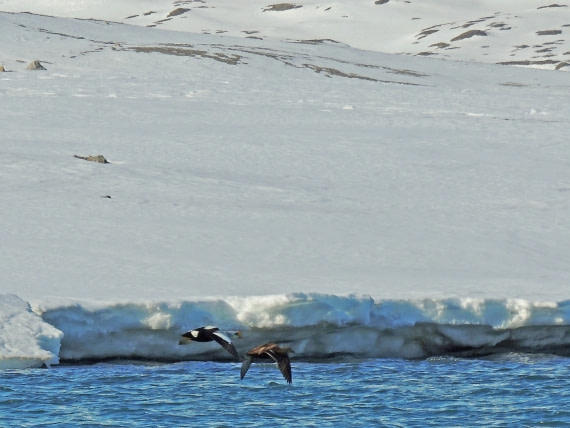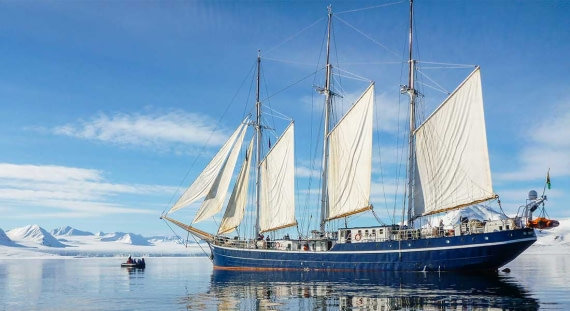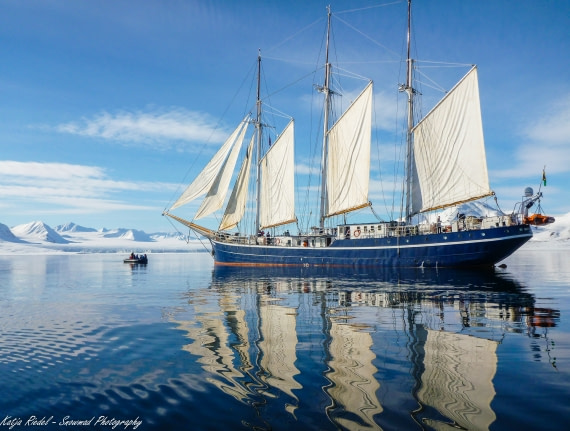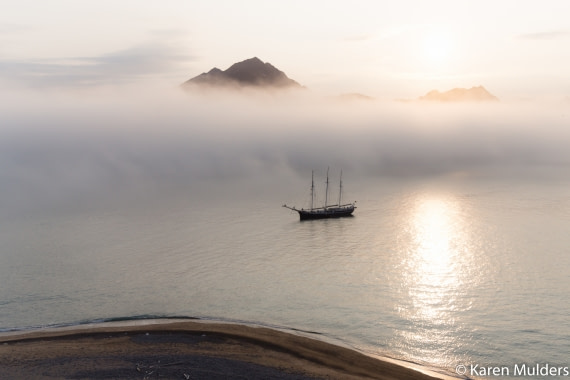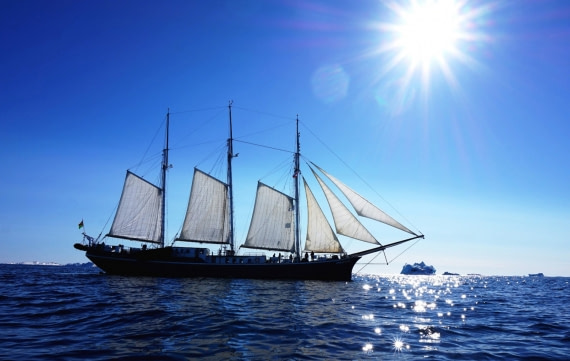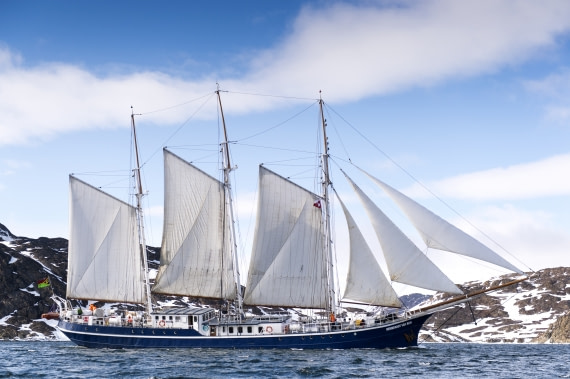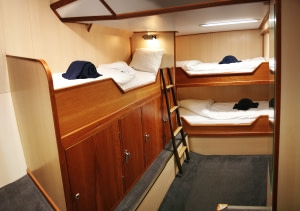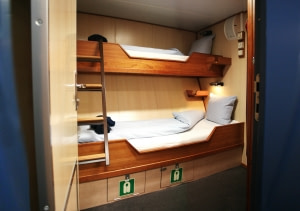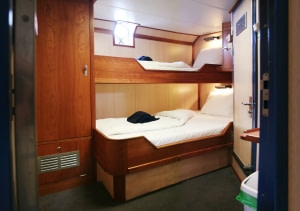Title
North Spitsbergen - Arctic Summer
Start – End
Tripcode
RVR11-26
Language
English speaking voyage
Embarkation / Disembarkation
Longyearbyen - Longyearbyen
Nights / Days
10 nights
All itineraries are for guidance only. Programs may vary depending on local ice, weather, and wildlife conditions. Landings are subject to site availabilities, permissions, and environmental concerns per AECO regulations. Official sailing plans and landing slots are scheduled with AECO prior to the start of the season, but the expedition leader determines the final plan. Flexibility is paramount for expedition cruises, and willingness to compromise on comfort is a basic requirement on board a historic sailing vessel. Important information about the use of sails: The vessel is equipped with sails to be used in good conditions (based on open sea, water depth, wind, and time allowance), but the use of sails is not guaranteed. The captain decides whether to use the sails or the engine. If sails are used, the crew will operate them. Guests must follow the safety instructions of the team. The average cruising speed for s/v Rembrandt van Rijn is 6.5 knots.
Short description
The North Spitsbergen cruise sails to some of the remotest locations of northern Europe. The expedition gives you the opportunity to spot historic whaling remains, glaciers, a variety of Arctic birds including the Little Auk, and polar bears.
Day 1: Largest town, biggest island
You touch down in Longyearbyen, the administrative center of Spitsbergen, the largest island of the Svalbard archipelago. Enjoy strolling around this former mining town, whose parish church and Svalbard Museum make for fascinating attractions. Though the countryside appears stark, more than a hundred species of plant have been recorded in it. In the early evening the ship sails out of Isfjorden, where you might spot the first minke whale of your voyage. In the evening you sail for Trygghamna, where you see the remains of a 17th-century English whaling station and 18th-century Pomor hunting station, both of which you can visit the next morning.
Day 2 - 10: North Spitsbergen
Foxes, seabirds, and grazing reindeer
From Trygghamna you walk to Alkhornet, a large seabird cliff where the birds are scouting out breeding places. Below the cliffs is a common place to spot Arctic foxes, and you may also see reindeer grazing on the lush vegetation if there’s not too much snow.
Remains of the whalers
You sail into Fuglefjorden amid views of Svitjodbreen and Birgerbukta, both breeding areas for great skuas as well as likely spots to see a polar bear. The aim is to visit Ytre Norskøya, a small island that served for many years as a Dutch whaling lookout. Here you can still follow the whalers’ tracks to the summit of the island, passing popular bird cliffs on the way. On shore are the remains of more 17th-century blubber ovens, while Arctic skuas and common eiders breed among the graves of some two hundred Dutch whalers.
Glaciers and Raudfjord geology
Raudfjorden, on the north coast of Spitsbergen, is a fine place for gazing over the glaciers. It’s also a favorite hangout for ringed and bearded seals, colonies of seabird, and the occasional polar bear and beluga whale. Alicehamna and Buchananhalvøya are fine places for gazing over the geology of the land.
Wide open tundra
If ice conditions permit, you may land on the northern side of Graahuken, an extensive tundra area of Spitsbergen, and walk from there to Hyttesletten. The plain is a popular grazing area for reindeer, and several species of waders also breed here. Similarly, the lakes afford you a good chance of spotting red- throated divers and king eiders.
Monaco Glacier
Depending on the weather and sea ice, we could sail into Liefdefjorden, land at Texas Bar and cruise within sight of the 5-kilometer-long (3.1 miles) face of Monaco Glacier. The waters in front of this precipitous glacier are a favorite feeding spot for thousands of kittiwakes, and the base of the ice is a popular polar bear hunting ground. If ice conditions prevent us from sailing here early in the season, we may sail along the west coast of Spitsbergen.
On to the little auks
You then sail south to Magdalenafjorden, one of the glacier-filled highlights of Spitsbergen. A shore visit at Gravneset shows you the remains of 17th-century English whaling, and you can also see large colonies of little auks.
Earth’s northernmost community
You head north for Kongsfjorden and Krossfjorden. We aim to visit places of historic interest: Ny London, where you can see the remains of early 20th-century marble mining, and Ny Ålesund, the northernmost community in the world. There are also research stations and the famous anchor mast of the dirigible Norge, which took the first flight across the North Pole to Nome, Alaska in 1926. Krossfjorden offers views of colossal glaciers and lofty mountain peaks.
Walruses ashore
On your journey south, the goal is a landing in Forlandsundet at Sarstangen, a walrus haul out. Alternatively you could land on the coast of Engelskbukta. The tundra here is a fine place for a walk to Hornbaekbukta. Also at Poolepynten is a walrus haul out.
Wide tundra, towering mountains
The next stop is Bohemanflya, an expansive tundra with its own avifauna (depending on when spring arrives) and spectacular geological formations along the coast. In Gipsvika you can go on shore near Templet, a mountainous location of eroded sedimentary rock from the Upper Carboniferous period – around 290 million years ago.
Day 11: There and back again
Every adventure, no matter how grand, must eventually come to an end. You disembark in Longyearbyen, taking home memories that will accompany you wherever your next adventure lies.
Highlights you might experience
One of the best seabird regions in the Arctic, Spitsbergen is home to many beloved and rarely seen species
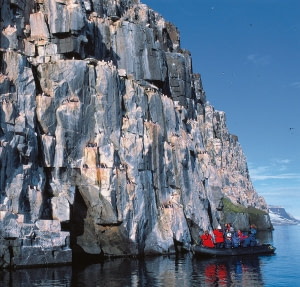
Formerly known as Glacier de Monaco and Liefde Bay-bræ, Monacobreen is a glacier that reaches down into Liefdefjorden in Spitsbergen.
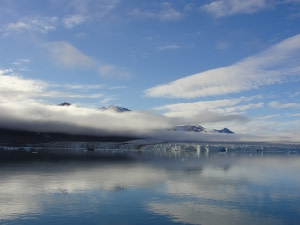
The good-natured grin of these dolphin relatives is matched only by their high-frequency sounds, from which they derive the nickname "sea canaries"
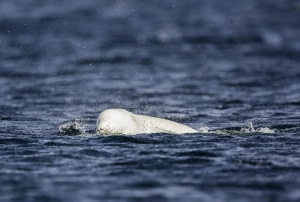
Awe-inspiring icons of the circumpolar north, polar bears are majestic to behold, terrifying to confront, and as essential to the Arctic as ice and snow
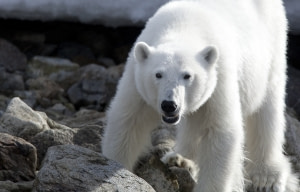
Spending two thirds of their lives in the water, these "tooth-walking sea horses" cuddle their calves in the same fashion as human mothers
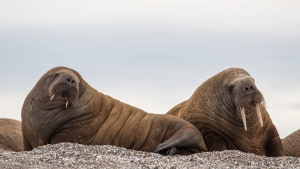
Saved from the brink of extinction by dedicated recovery programs, these small reindeer have a dramatically variable birth rate
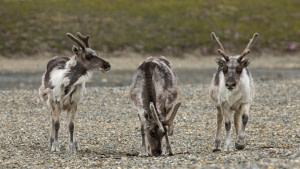
These are one of the largest sea ducks in the Northern Hemisphere, though their weight can vary considerably – especially among females, who rarely feed during incubation
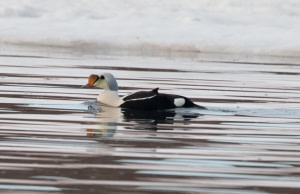
These far-ranging fliers are known for their love of (and skill for) thievery, pilfering most of their winter migration diet
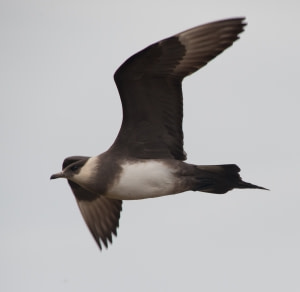
s/v Rembrandt van Rijn
Our three-mast schooner, Rembrandt van Rijn, is well suited for expedition cruising among the fjords of Greenland and Spitsbergen.
Full ship info »Cabins & Prices
Triple Private Porthole
- 1 porthole
- 1 upper/lower berth + 1 lower berth
- Private shower and toilet
- Ample storage space
Complete cabin
16800 USD
Price for the complete cabin, fully occupied.
Sharing berth
5600 USD
Share your cabin with others for the best price.
Twin Private Inside
- 1 upper / lower berth
- Private shower and toilet
- Ample storage space
Complete cabin
12000 USD
Price for the complete cabin, fully occupied.
Single cabin
10200 USD
Price for the complete cabin occupied by 1 person (1.7x the shared rate).
Sharing berth
6000 USD
Share your cabin with others for the best price.
Twin Private Porthole
- 1 porthole
- 1 upper / lower berth
- Private shower and toilet
- Ample storage space
Complete cabin
14000 USD
Price for the complete cabin, fully occupied.
Single cabin
11900 USD
Price for the complete cabin occupied by 1 person (1.7x the shared rate).
Sharing berth
7000 USD
Share your cabin with others for the best price.
